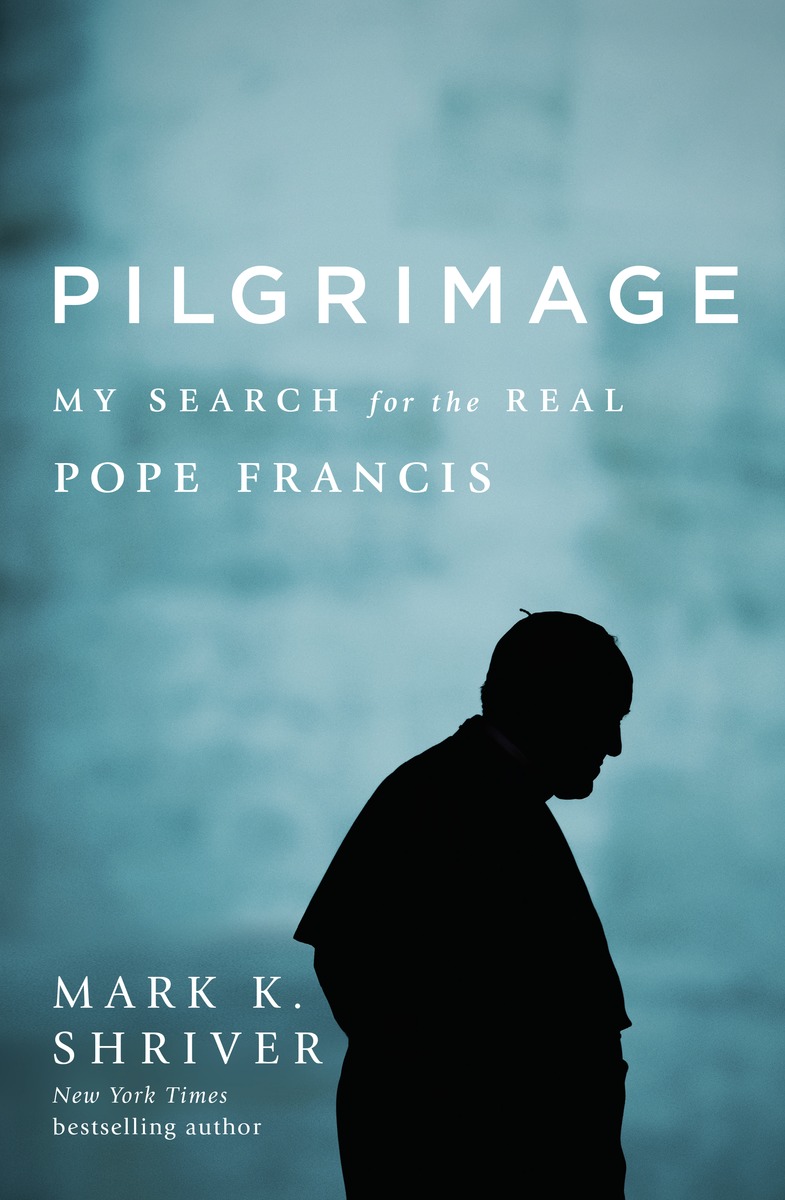
Anyone seeking to understand the zealous faith and socioeconomic commitments of Pope Francis, as well as his geniality and discipline, must visit his homeland, stopping first in this barrio called Flores where he grew up and where his heart and imagination still wander.
I have spent more than two years visiting Jorge Mario Bergoglio’s haunts, reading his letters and speeches, and thinking about his life and its effect on our world. Each of us is formed in the cauldron of our experiences; for Francis, at least six experiences from his boyhood in Flores helped define the man who would bring me, and I believe much of our world, to rethink our lives and faith.
First, he grew up in the enchanting, almost magical realm created by his charismatic Italian grandmother, Rosa. Many of us can relate to this experience, and it is worth understanding the first and most powerful influence on young Jorge in order to grasp the uniqueness of his youth.
Second, from his schools to his streets, from his family to his friends, Jorge experienced a fundamental and privileged serenity that has powerfully shaped his demeanor and perspective. I first felt it at that park in Flores, but I experienced it again and again as I moved through his world. Though his youth was not a privileged one financially, it surely was emotionally, psychologically, and spiritually secure.
Third, Jorge was raised at a moment in Argentine history when a sociological, as much as a political, phenomenon called Peronismo was born. Of course, Juan and Eva Perón were at the center of this cultural earthquake. Peronismo continues to undergo many iterations, but the era during which the Bergoglios and millions of other hardworking immigrant families embraced Peronismo heavily influenced Pope Francis’s worldview.
Fourth, there are more Italian immigrants in Argentina, and particularly in Buenos Aires, than there are people from any other country. Pope Francis grew up in the golden age of Italian immigration to Argentina. The people of Buenos Aires are called Porteños. The word, meaning literally “people of the port,” feeds the notion of Buenos Aires not so much as a capital but as a city-state, a stand-alone realm apart from, if not superior to, the rest of Argentina and especially Latin America. And the customs and culture of Buenos Aires, more unique and powerful than those of any other place I have ever been, are illuminating, for they help explain how a pope like no other comes from a place like no other.
Fifth, Jorge was a budding man of science. His job in a chemistry lab in Flores and his first mentor, Esther Ballestrino, his boss at that lab, impressed him with the value of scientific thinking and logic and shaped his rational worldview and practical approach to being a leader.
Sixth, so many of the stories in the history of Catholic experience, from Saint Paul to Thomas Merton, from Saint Augustine to Saint Ignatius of Loyola, entail a conversion, an often sudden, startling event that transforms the trajectory of a life. Jorge heard his life-changing call at age 16 in Flores, and a view of it from the very confessional in the basilica where it occurred sets the stage for Jorge Mario Bergoglio to become Pope Francis.
By opening these six windows and looking at his boyhood through them, we can better comprehend how and why an 80-year-old man is joyfully reforming a 2,000-year-old institution, one person at a time.
Excerpted from Pilgrimage: My Search for the Real Pope Francis by Mark K. Shriver, published by Random House, a division of Penguin Random House LLC. Copyright © 2016 by Mark K. Shiver. All Rights Reserved.
More Must-Reads From TIME
- The 100 Most Influential People of 2024
- The Revolution of Yulia Navalnaya
- 6 Compliments That Land Every Time
- Stop Looking for Your Forever Home
- If You're Dating Right Now , You're Brave: Column
- The AI That Could Heal a Divided Internet
- Fallout Is a Brilliant Model for the Future of Video Game Adaptations
- Want Weekly Recs on What to Watch, Read, and More? Sign Up for Worth Your Time
Contact us at letters@time.com